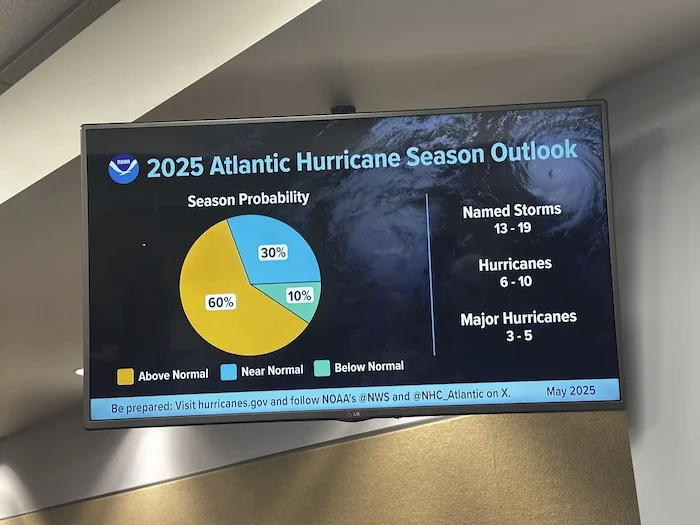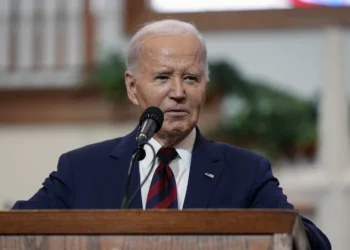Hurricane season begins next month, and a combination of powerful storms with widespread cuts to weather agencies at the federal level is set to play out.
Hurricane season runs from June through the end of November. These powerful storms have been increasing in intensity in recent years, and scientists have suggested it is due to warming oceans from the impact of climate change.
The National Oceanic and Atmospheric Administration has predicted 13 to 19 named storms this year, six to 10 of which will become hurricanes. It noted that three to five of these could grow to Category 3 or stronger storms.
NOAA has 70% confidence in this outlook, according to the agency. Last year, there were 18 tropical storms, including 11 hurricanes, five of which became major hurricanes.

An average hurricane season in the Atlantic Ocean would typically have 14 named storms, seven of which become hurricanes and three of which become major hurricanes.
The Trump administration, meanwhile, has cut hundreds of jobs at NOAA and the Federal Emergency Management Agency. President Donald Trump and Homeland Security Secretary Kristi Noem, who heads the department, which FEMA falls under, have both suggested their intention to eliminate the agency.
Around 10% of FEMA’s workforce has left since January. Projections indicate more than 30% will be gone by the end of the year. The NOAA office in Houston, which is very vulnerable to hurricanes, is without its top three management positions as a result of layoffs.
“Less data means a worse forecast,” Matt Lanza, a Houston-based meteorologist, told the BBC.
FEDERAL WORKERS WARN OF SAFETY THREAT AFTER NOAA LAYOFFS: ‘PERFECT STORM’
“I’m especially concerned about hurricane season because a lot of the steering mechanisms that direct hurricanes are governed by what’s happening thousands of feet up,” he added.
A recent internal FEMA review found the agency “is not ready” for the June 1 start to hurricane season, due to the uncertainty around the agency’s future, lack of coordination with states and other federal agencies, and low morale among officials.
Experts and government officials have warned that these cuts could cost human lives.
“I am worried about staffing at the local offices for hurricane events,” one NOAA employee told CNN. “Maybe the first event will be fine, but fatigue will be quite real by peak season. People will do whatever they can to get the job done, but they can’t work around the clock, seven days a week.”
“I know that the people remaining are trying their absolute hardest to provide accurate forecasts, but when you’re reduced to such few staff, it’s going to lead to burnout,” Zack Labe, a climate scientist who was recently laid off by NOAA, told the BBC.
HURRICANE WATCH: TRUMP’S REMADE WEATHER AGENCIES IN THE EYE OF THE DOGE STORM
White House press secretary Karoline Leavitt deferred a question from the Washington Examiner on Thursday regarding the FEMA purge to DHS. She claimed that the Trump administration was taking an active role in preparing for natural disasters.
“Certainly, the administration, and I know the National Security Council here at the White House, is monitoring storms and natural disasters that are happening across the country at all times,” she told the Washington Examiner. “We’re briefed on those. The administration is briefed on those, and Secretary Noem is leading that effort.”

















